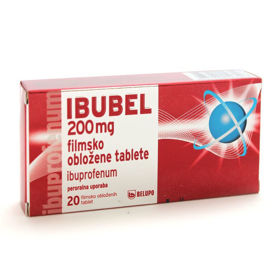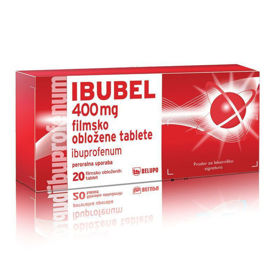Vprašanje stranke:
Kako poteka odstranitev maternice? Vprašanje anonimne stranke
Odgovor farmacevta:
Odstranitev maternice, medicinsko imenovana histerektomija, je kirurški poseg, ki se lahko izvede na več načinov, odvisno od vzroka za operacijo, splošnega zdravstvenega stanja pacientke in mnenja zdravnika.
- Totalna histerektomija: med totalno oz. popolno histerektomijo se odstranita maternica in maternični vrat. Običajno je to prednostna možnost pred subtotalno histerektomijo, saj odstranitev materničnega vratu pomeni, da ni tveganja, da bi pozneje zboleli za rakom materničnega vratu.
- Subtotalna histerektomija: ta vključuje odstranitev glavnega dela maternice in pusti maternični vrat na mestu. Ker maternični vrat ostane na svojem mestu, še vedno obstaja tveganje za razvoj raka materničnega vratu in bodo kot posledica še vedno potrebni redni presejalni pregledi.
- Popolna histerektomija z obojestransko salpingo-ooforektomijo: ta vključuje tudi odstranitev jajcevoda (salpingektomija) in jajčnikov (ooforektomija). Nacionalni inštitut za varovanje zdravja in oskrbo priporoča, da se jajčniki odstranijo le, če obstaja znatno tveganje za nadaljnje težave.
- Radikalna histerektomija: ta se običajno izvaja za odstranitev in zdravljenje raka, kadar druga zdravljenja, kot sta kemoterapija in radioterapija, niso primerne metode ali ne delujejo. Med postopkom se odstrani maternica in maternični vrat skupaj z jajcevodi, delom vagine, jajčniki, limfnimi žlezami in maščobnim tkivom.
Histerektomijo se lahko opravi na 3 načine:
- Laparoskopska histerektomija: med postopkom bo majhna cevka, ki vsebuje laparoskop in majhno video kamero, vstavljena skozi majhen rez v vašem trebuhu. Instrumente nato vstavijo skozi druge majhne zareze v trebuhu ali nožnici, da odstranijo maternico, maternični vrat in druge dele reproduktivnega sistema. Običajno se izvaja v splošni anesteziji.
- Vaginalna histerektomija: med vaginalno histerektomijo se maternica in maternični vrat odstranita skozi rez, ki se naredi na vrhu vagine. Operacija običajno traja približno eno uro. Vaginalna histerektomija ima običajno prednost pred abdominalno histerektomijo, saj je manj invazivna.
- Abdominalna histerektomija: med abdominalno histerektomijo bo narejen rez vodoravno vzdolž bikini linije ali navpično od popka do bikini linije. Operacija traja približno eno uro in se uporablja splošna anestezija. Abdominalno histerektomijo je priporočema, če je maternica povečana zaradi fibroidov ali medeničnih tumorjev in je ni mogoče odstraniti skozi vagino.
Zanimivo branje: Histeroskopija
Zanimivo branje: Koliko časa traja okrevanje po odstranitvi maternice?








 Facebook
Facebook
 Instagram
Instagram
 info@moja-lekarna.com
info@moja-lekarna.com

